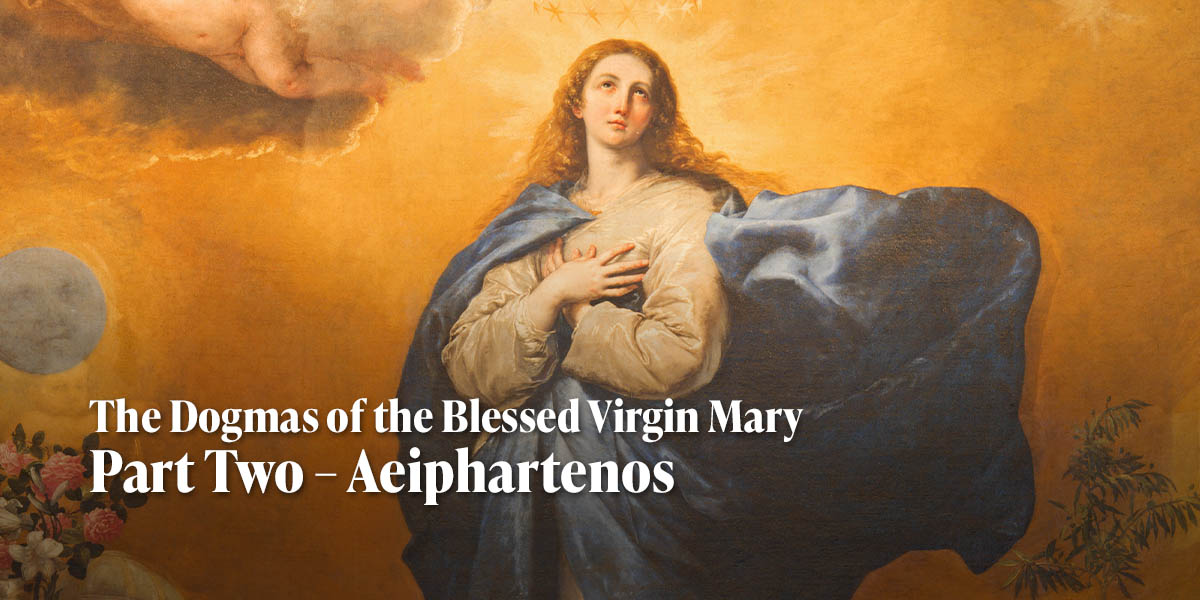
On November 1, 1950, at Saint Peter’s Square, Pope Pius XII declared the Munificentissimus Deus. The Munificentissimus Deus stated that the Immaculate Mother of God, the ever-Virgin Mary, was taken up both body and soul into Heaven when she completed her mortal life. That is what the Pope declared at that time. How come that the Assumption of the Virgin Mary occurred? The Bible does not state anything about the Assumption, so how come the Catholics have a dogma about it? Remember that Catholic Church’s teachings come from three sources: Tradition, Sacred Scriptures, and the Magisterium. The Assumption is not in the Sacred Scriptures.




